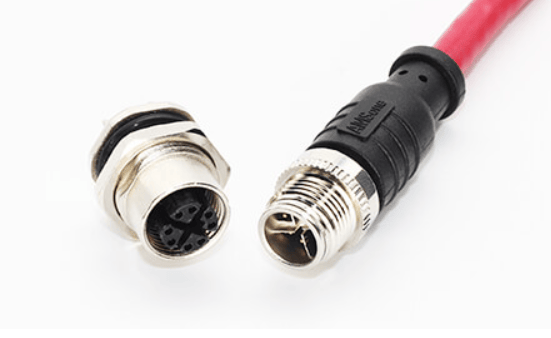Wire Harness Vs Cable Assembly
Views: 4718
Author: Site Editor
Publish Time: 2021-12-07
Origin: Site
Often when sourcing electronics components, the words wire harness and cable assembly are used interchangeably. In truth, the two are actually quite different.
What is a cable assembly?
Cable assemblies are composed of a wire cable, or a group of wire cables, covered by an exterior sheath. This sheath is usually made from shrink-wrapped thermoplastic, thermoplastic rubber, or vinyl. There are a number of different materials used for sheathing the cable, however what sets a cable assembly apart from other components is that the sheathing lies on the exterior of the cable. This layer is usually an additional sheathing around the rubber or plastic insulation that coats the individual wires within the assembly.
This sheathing protects the assembly and the wires inside it from heat, friction and abrasion, moisture, compression and any other hazard the assembly might face. This makes it particularly useful for outdoor applications, since it is highly resistant to elements in the environment. For this reason, cable assemblies are most often used in industries where the cables will be exposed to the elements, such as military and oilfield electronics and major security installations.
Additionally, many manufacturers prefer to use cable assemblies over wire harnesses because they are bundles into a neat, convenient package to make it easier to route cables around equipment and components. Connectors can also be molded and sheathed to optimize its protective qualities. The disadvantage of cable is that they are usually quite large and heavy. Also, the extra layer of sheathing usually necessitates a higher price tag for these components.

What is a wire harness?
A wire or conductor is usually made of a highly conductive metal such as copper. A wire harness is an individual metal strand, or group of metal strands covered by an exterior sheath. Usually this sheath is made from the same thermoplastic or thermoset material that serves as sheathing for cable assemblies. This is what sets wire apart from cable. The wire only has one heat-wrapped sheath around the conductive strands. Cable then takes those plastic coated wires, bundles them together and yet another sheathing is applied to the exterior.
The advantages of using wire harnesses is that they are smaller and lighter, and can be sourced at a lower cost to manufacturing operations, since less material and labor are required. However, these are a poor replacement to cable when it comes to protection against environmental threats. Wires are poorly insulated and not secured, making it harder to snake them around various obstacles. Wire harnesses are often used in applications where the wire will be protected by an exterior shell. Primarily these are used inside products and equipment, such as computers, cars, and even airplanes.
Wire harness vs. cable assembly
Some people use the terms wire harness and cable assembly interchangeably, but in reality, they are two different assemblies.
Wire harnesses
Wire harnesses are meant for interior work, like within a personal computer or small electronics. These wires are usually individually sealed, then wrapped in another casing.
Because of their applications in small electronics or internal systems, wire harnesses are not as durable as a cable assembly
Cable assemblies
Similarly, cable assemblies are bundles of wires or cables in one casing. The difference is that a cable assembly uses heavier casings because the assembly is used in harsher environments. The casing usually consists of heavy-duty thermoplastic rubber or vinyl because it needs to hold up against
ü Abrasion
ü Friction
ü Extreme temperatures
ü Moisture
ü Compression and expansion
In need of high performance cables supplier?
No matter whether sturdy and durable or miniaturized and sensitive, we offer either field-proven solutions or join forces with you to develop a cable design which is optimally-tailored to your specific needs. If you have any need for high performance cables, please kindly contact us.

 EN
EN DE
DE JP
JP ES
ES SE
SE FR
FR IT
IT CN
CN 한국어
한국어 ภาษาไทย
ภาษาไทย بالعربية
بالعربية Nederlands
Nederlands Türkçe
Türkçe Język polski
Język polski Tiếng Việt
Tiếng Việt Zulu
Zulu Bahasa Malay
Bahasa Malay